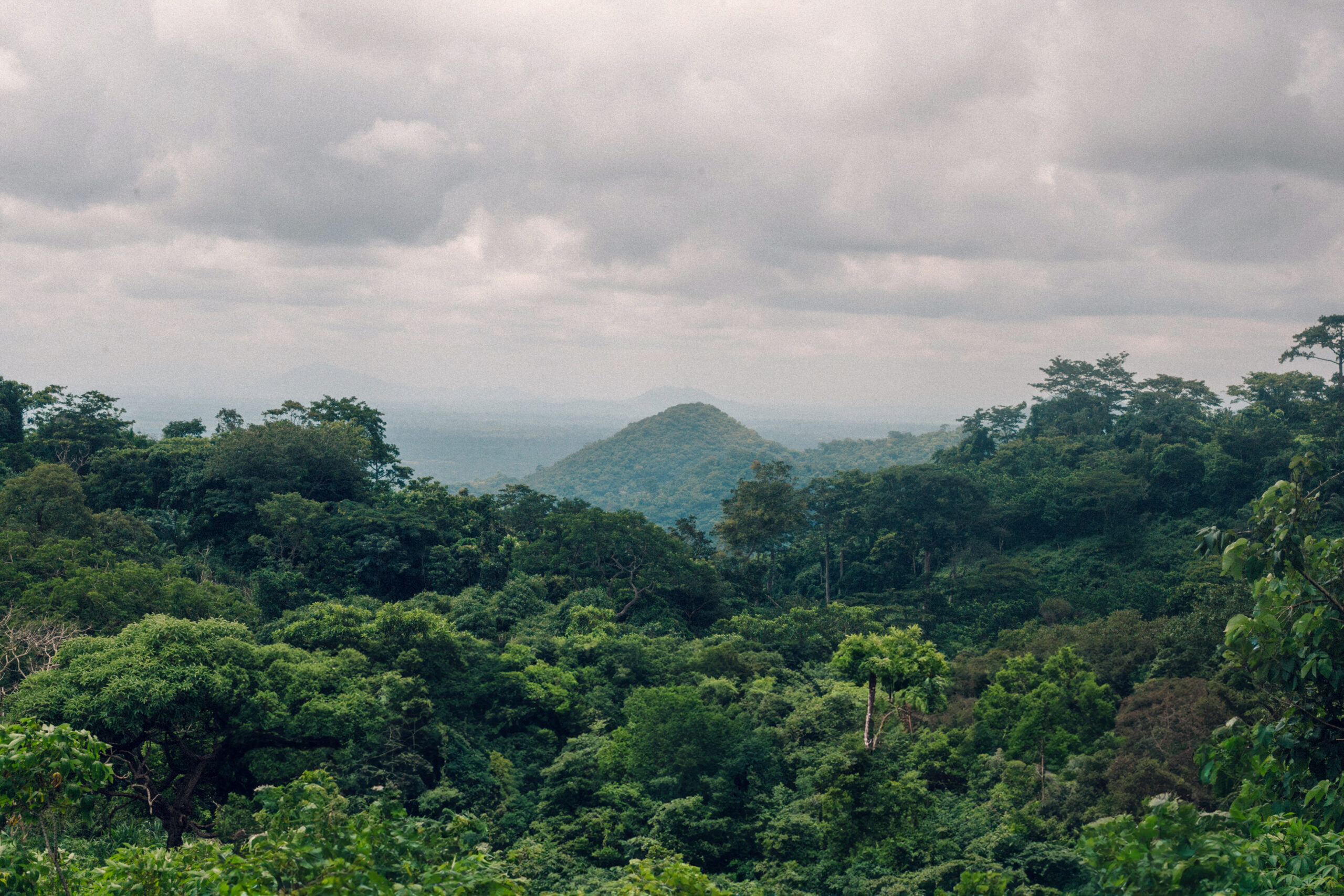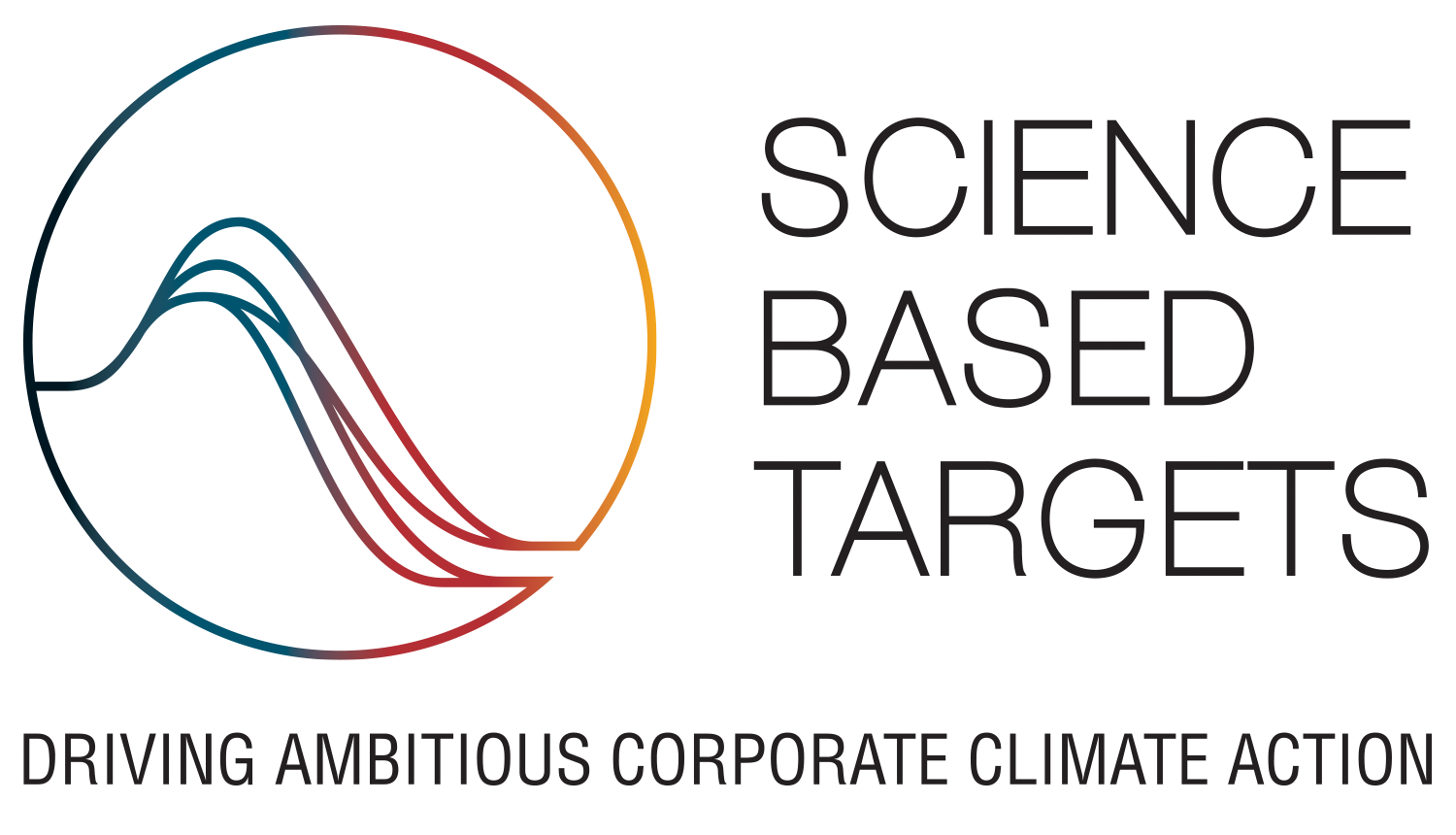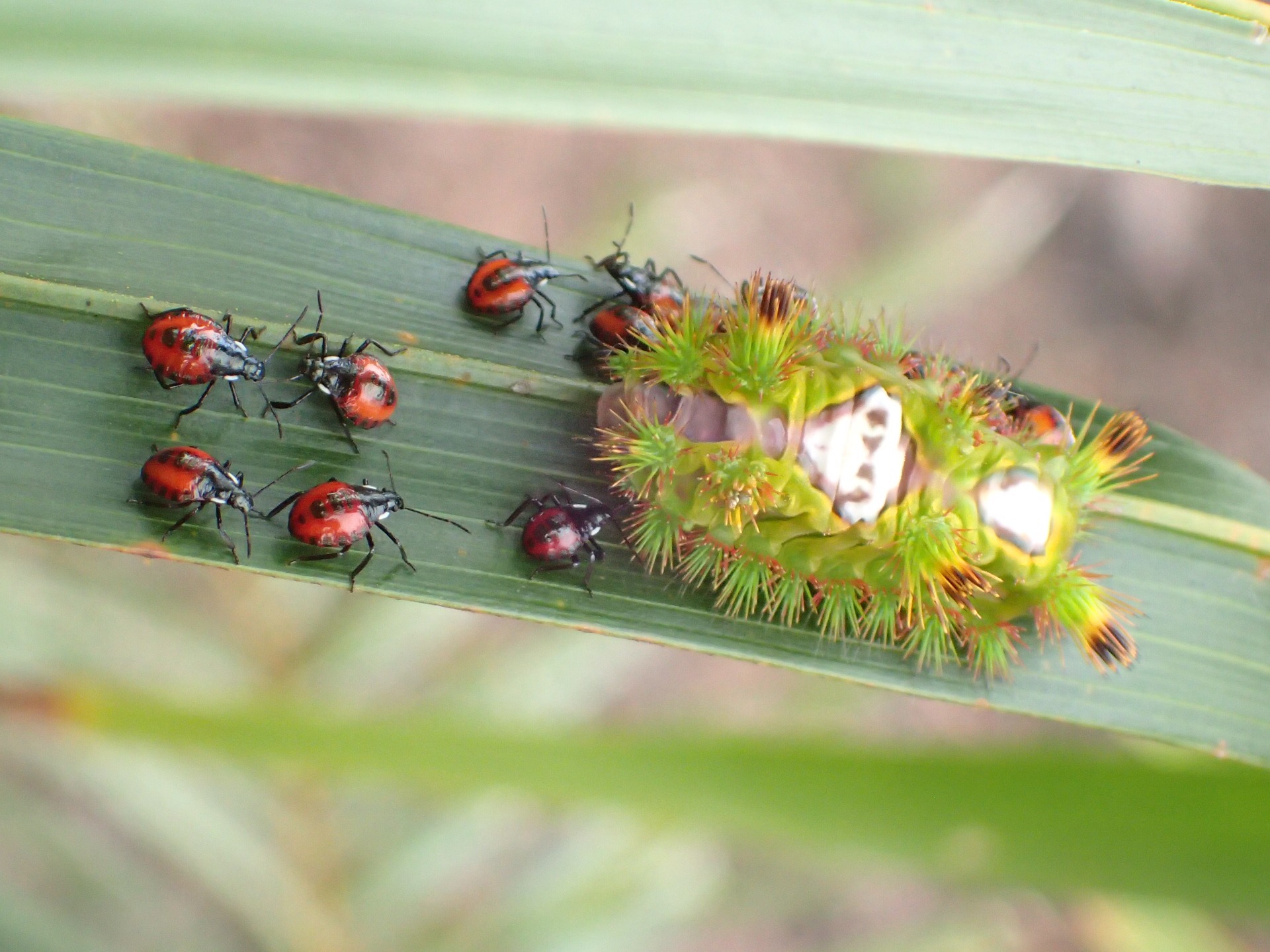A major challenge to our No-Deforestation, Peat and Exploitation (NDPE) pledge is to protect and conserve forests and peatland. Our NDPE Policy states that any new development on peat, regardless of depth, is strictly prohibited. This is because peatlands store twice as much carbon as the rest of the world’s forests and are more susceptible to catching fire.
4,049.12 hectares of peat areas in our plantations are maintained as conservation areas and we are committed to protecting and conserving it. We regulate and maintain water levels in our planted peat areas in compliance with local regulations and best management practices (BMPs) to prevent peat fires, reduce peat subsidence and greenhouse gas emissions.
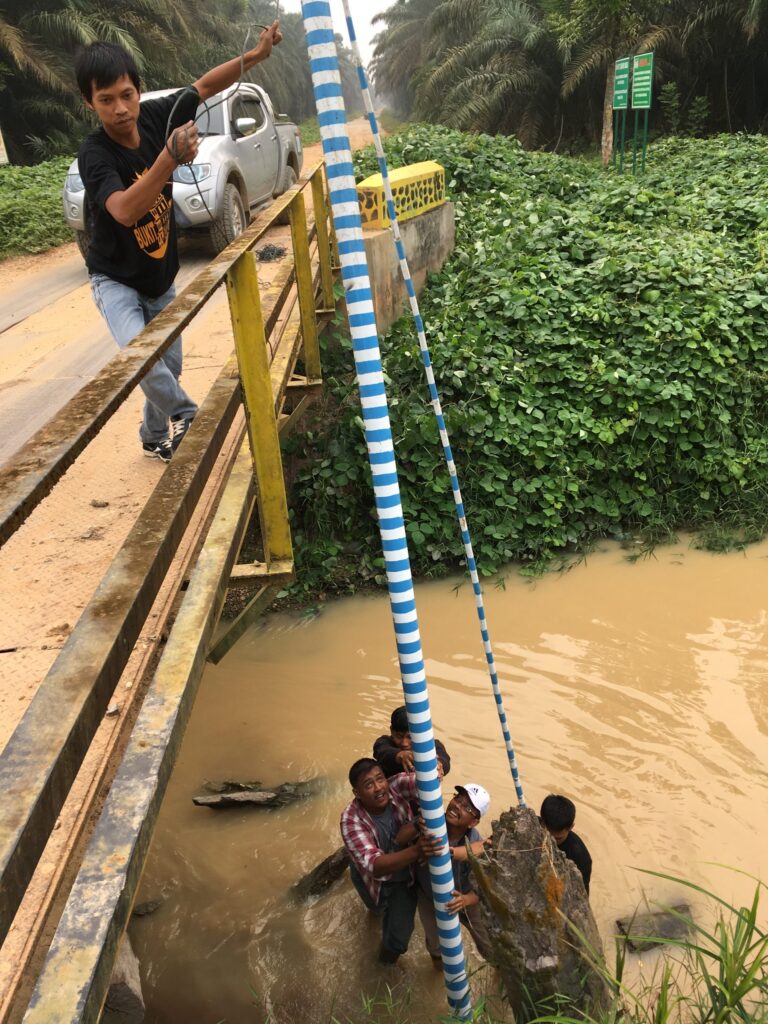
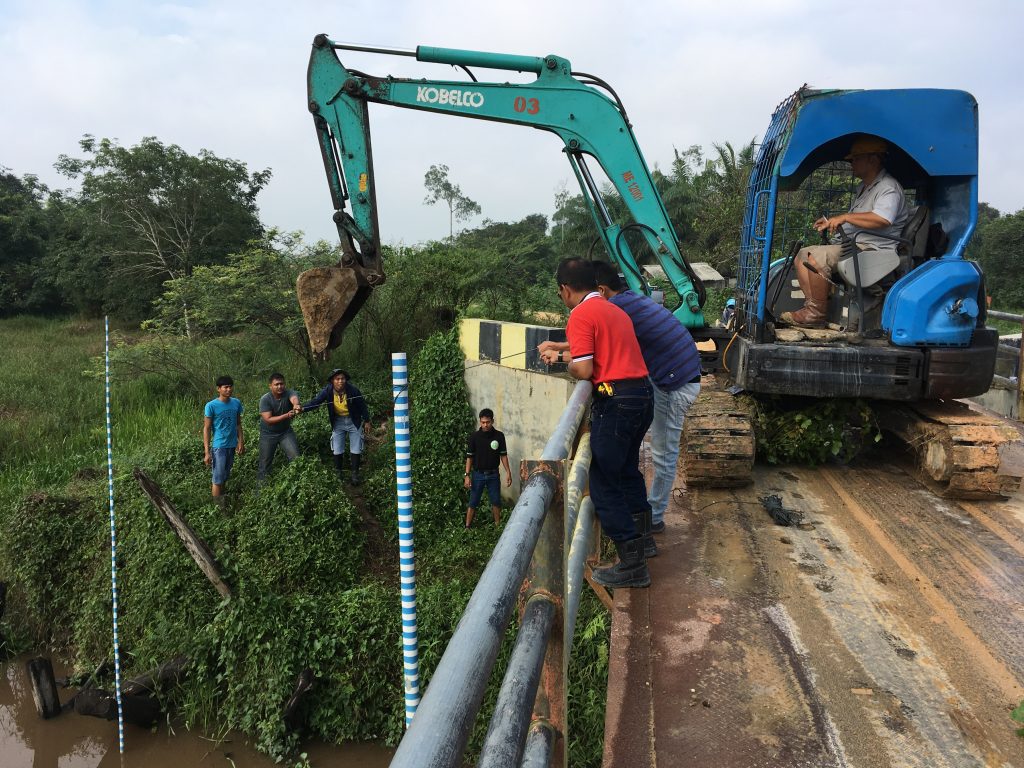
Musim Mas Peat Management Team installing a measurement pole to monitor the river water level
Our Peat Expert
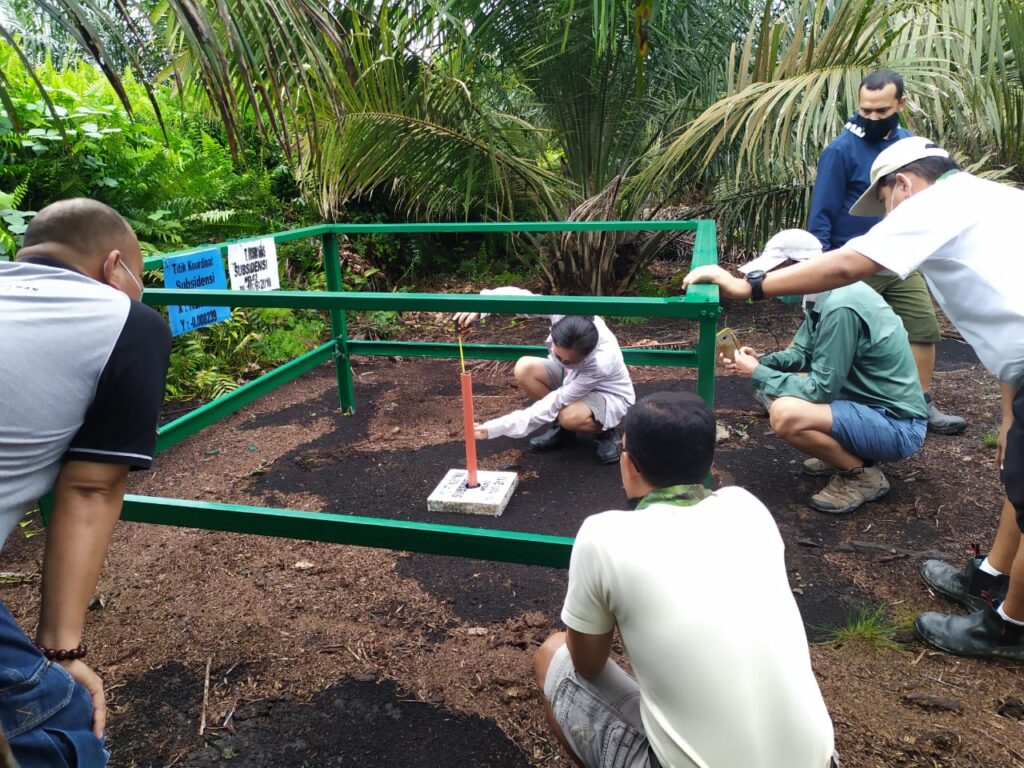 Our Peat Management Manager, Julia measuring peat subsidence
Our Peat Management Manager, Julia measuring peat subsidence
In 2019, Ms Julia Lo joined Musim Mas (MM) as Peat Management Manager. She has since built up a competent team dedicated to ensuring strict compliance to all the regulations and BMPs on peat, including work related to drainability assessment and water zoning as summarised below:
Water zoning based on contour
As per KLHK requirement, we have implemented water zoning based on contour in PT Musim Mas in Sorek, Riau, Sumatera.
RSPO Drainability study
As per RSPO P&C 2018, drainability assessment (DA) must be carried out for oil palm plantings that are due for replanting and for those that are 15 years and older. Julia has conducted DA for all the plantations with oil palms planted on peat within the MM Group in 2019/2020. She will continue to do so for oil palm plantings that have reached 15 years in compliance with the RSPO P&C 2018.
Julia represents Musim Mas in the RSPO Peatland Working Group, where she works with other specialists to update existing BMPs and provide guidance relating to oil palm cultivation on peat.
Before joining Musim Mas, Julia was a Senior Technical Officer for peat programs at the Global Environment Centre. As the leader for peatland and climate change, she provided technical support and inputs for peatland and mangrove projects, was responsible for peatland assessments in ASEAN countries, and worked on restoring peatlands.
Julia shares with us the challenges and her experience working on peatlands and her vision for the industry.
What challenges does the industry face when it comes to managing peatland?
The focus for managing water level in peatland has changed. Back then, companies only need to figure out solutions to lower water table best suited for oil palm cultivation. Now, the main challenge is to maintain water levels as required by the national regulations and certification standards, and this is a very tall order during prolonged dry seasons.
Which areas do you think the industry should improve on?
In the longer term, the industry should devout more efforts on peatland conservation, as determined by legal obligations, RSPO requirements, or as advised by experts.







